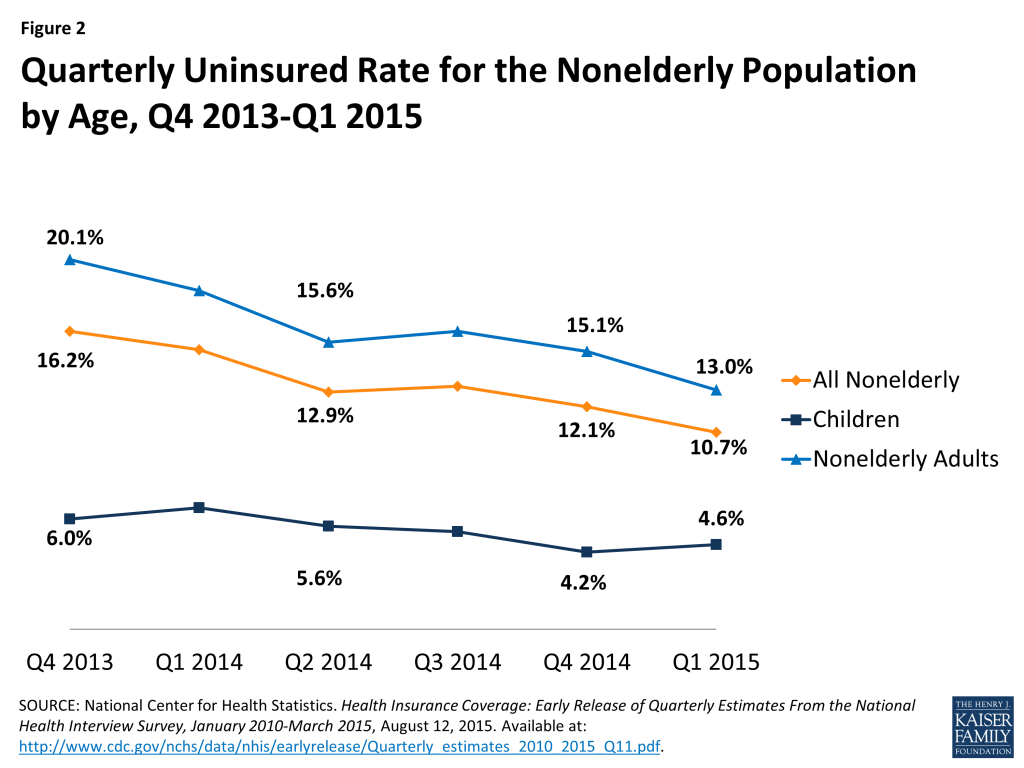Each year I publicly prognosticate about the year to come – and, being one committed to personal responsibility, I report back 12 months later. Here’s how prescient I was this time around.
1. Aetna will NOT be able to sell the Coventry work comp services division.
Verdict – correct, although I’m not sure mother Aetna tried very hard…
2. Work comp premiums will grow nicely.
Correct – employment and payroll is up. That plus higher rates in CA delivered a BIG year.
3. Additional research will be published showing just how costly, ill-advised, and expensive physician dispensing of drugs to workers’ comp patients is.
Correct – thanks to WCRI and NCCI’s AIS talk by WCRI CEO Rick Victor PhD and CWCI President Alex Swedlow
4. Expect more mergers and acquisitions; there will be several $250 million+ transactions in the work comp services space, with more deals won by private equity firms.
Pending…
5. A bill renewing TRIA will be passed; the new GOP majorities want to show they can “govern” and this has bipartisan support.
Correct.
6. Liberty Mutual will continue to de-emphasize workers’ comp.
Correct – the former market leader is now somewhere around number 5, however it is still working on national accounts thru the Helmsman subsidiary
7. After a pretty busy 2014, regulators will be even more active on the medical management front. Work comp regulators in several more states will adopt drug formularies and/or allow payers/PBMs to more tightly restrict the use of Scheduled drugs via evidence-based medical (EBM) guidelines and utilization review.
Expect more restrictions on physician dispensing and compounding, increased adoption of medical guidelines and UR, along with incremental changes in several key states (California we hope) to “fix” past reform efforts.
Partially Correct – formularies have been a very hot topic and regulations tightening up compound dispensing and pricing are in place in several states. California’s a bit less of a concern following the Stevens ruling affirming the constitutionality of the UR/IMR process.
But there’s been little progress re physician dispensing and not much on UR and EBM.
8. There will be at least two new work comp medical management companies with significant mindshare by the end of 2015. These firms, pretty much unknown today, are going to be broadly known amongst decision-makers within the year. While they will not generate much revenue this year, they will be attracting a lot of attention.
Wrong. The companies I’ve been following aren’t quite there yet.
9. Outcomes-based networks will continue to produce much heat and little real activity.
Wrong. There just hasn’t been much “heat” generated this year; perhaps things are evolving to a different model or platform. More on this in my predictions for 2016…
10. Medical marijuana will be a non-event. Amidst all the discussion of medical marijuana among workers’ comp professionals, there’s very few (as in no) documented instances of prescribing/dispensing of marijuana for comp claimants. Yes, there will likely be a few breathless reports about specific claims, but just a few. And yes, there may also be a few instances of individuals under the influence of medical marijuana incurring work comp claims, but these will be few indeed.
Not sure. Not that I’m waffling here, but activity has been limited to a couple of states, with New Mexico the most prominent. Much as we respect the Land of Enchantment, NM’s relatively small population and still-unusual legalization of Marijuana does not make its situation a major deal.
What say you, dear reader?



